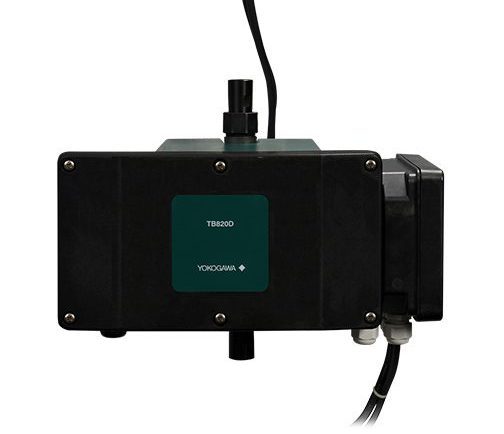Yokogawa Electric Corporation has expanded its range of analyzers in the OpreXTM product family for water treatment plants. With the launch of the new products, the water treatment technologies that already provide high-quality drinking water in Japan will now be available in Southeast Asia, the Middle East, South Korea, Australia and Taiwan. From April 2021, they will be successively launched in North and South America, Europe and China.
Development background
Water quality needs to be continuously monitored, and when deficiencies occur, a rapid response is required to ensure a safe drinking water supply. According to World Health Organization (WHO) guidelines, turbidity and chlorine levels must be tested in all drinking water supplies.
Since the launch of the free chlorine analyzer (reagent-free measurement) in 1962 and the turbidity transmitter in 1973, Yokogawa has been a world leader in turbidity and chlorine analyzers and has continuously developed these products to meet the stringent requirements of Japanese water supplies. These products feature self-diagnostic functions that optimize the maintenance of process plants and equipment.
Features
Yokogawa’s analyzers use transmitted light and scattered light measurement methods, which are recognized as the de facto standard by water utilities in Japan and are characterized by their high reliability. Self-diagnostic functions that reliably indicate when maintenance is due and when faults have occurred are provided by both the TB820D turbidity detector and the FC800D and RC800D analyzers. The RC800D also reports when no measuring liquid is present.
In addition, other SENCOM 4.0 sensors can be connected to the FLXA402T liquid analyzer for turbidity and chlorine measurements (pH, conductivity). The values determined can be transmitted wirelessly to a cloud so that they can be monitored from any location. This minimizes the need for on-site operation and maintenance and ensures more efficient operation of plants whose devices are distributed over a large area.
Lower implementation costs by connecting multiple sensors
Unlike similar products currently available on the global market, the product can be operated simultaneously with two turbidity detectors and chlorine sensors. This significantly reduces implementation costs at sites that require the use of multiple sensors.

















